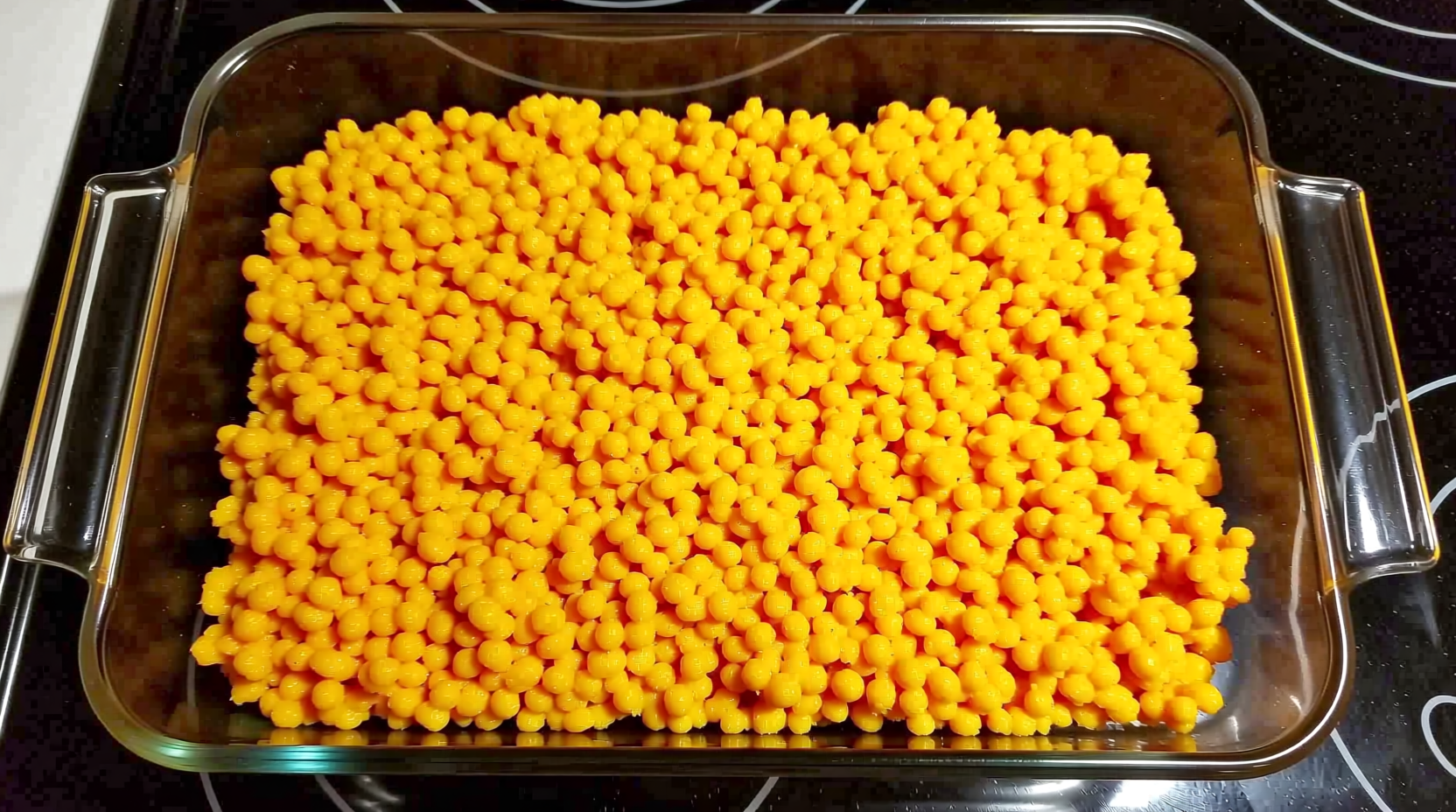Hosting holiday gatherings just got easier. As a home cook juggling multiple dishes, knowing you can prepare this beloved side dish in advance eliminates last-minute stress while ensuring perfect results. Professional kitchens have used make-ahead techniques for decades to streamline service, and these same methods work beautifully for home entertaining.
Planning Your Make-Ahead Timeline
Understanding the sweet potato casserole preparation timeline prevents last-minute kitchen chaos. The USDA Food Safety and Inspection Service recommends cooked casseroles remain safe for consumption for 3-4 days when properly refrigerated at 40°F or below. For optimal texture retention, follow this evidence-based timeline:
| Preparation Stage | Refrigerator Storage | Freezer Storage | Best For |
|---|---|---|---|
| Fully assembled casserole | 24-48 hours | 2-3 months | Holiday meals with tight schedules |
| Sweet potato filling only | 3 days | 3 months | Maintaining creamy texture |
| Topping components separate | 5 days | 4 months | Crisp topping guarantee |
This storage timeline comes from research conducted by the National Center for Home Food Preservation, which has tested various casserole components to determine optimal quality retention periods. Their findings show that separating components before storage significantly extends freshness compared to fully assembled dishes.
Step-by-Step Make-Ahead Process
Preparing Components Separately (Recommended Method)
For the best results when making ahead, separate your casserole into components. This technique, used by professional chefs in high-volume kitchens, prevents the topping from becoming soggy and maintains distinct textures:
- Cook and mash sweet potatoes as directed in your recipe
- Transfer filling to an airtight container, pressing plastic wrap directly onto surface
- Store pecan or streusel topping in separate container at room temperature
- Refrigerate filling up to 3 days or freeze up to 3 months
- Assemble just before baking for optimal texture contrast
Full Assembly Method (For Time-Crunched Cooks)
When you need maximum time savings, fully assembling works with these critical adjustments:
- Reduce liquid ingredients by 10-15% to account for moisture absorption during storage
- Hold back 25% of your topping to add fresh before baking
- Use parchment paper between filling and topping when refrigerating
- Always bring to room temperature before baking (1-2 hours)

Reheating for Perfect Results
Improper reheating ruins make-ahead efforts. Food science research from the Culinary Institute of America shows that casseroles reheated at lower temperatures with moisture barriers maintain better texture. Follow these evidence-based reheating protocols:
From Refrigeration
- Remove casserole from refrigerator 60-90 minutes before baking
- Preheat oven to 325°F (25°F lower than original recipe)
- Cover with foil for first 20 minutes of baking
- Add reserved topping during final 15 minutes
- Check internal temperature reaches 165°F with food thermometer
From Freezer
- Thaw overnight in refrigerator (never at room temperature)
- Follow refrigerated reheating instructions above
- Add 10-15 minutes to total baking time
- Place baking dish on preheated cookie sheet for even heating
Avoiding Common Make-Ahead Mistakes
Based on analysis of home cook feedback from major food publications, these three errors most frequently compromise make-ahead sweet potato casseroles:
- Moisture migration: Sweet potatoes release water during storage. Counteract this by adding 1-2 tablespoons of cornstarch to the filling before storage.
- Soggy topping: Never store assembled casserole without a moisture barrier. Professional test kitchens recommend a thin layer of melted butter between filling and topping.
- Flavor dulling: Acidic components like orange juice lose vibrancy. Add citrus zest just before baking for bright flavor restoration.
Expert Tips for Flawless Results
Professional chefs employ these advanced techniques when preparing casseroles ahead of time:
- Use yams instead of sweet potatoes for better storage stability (higher starch content)
- Add a pinch of cream of tartar to filling to maintain vibrant orange color
- Toast pecans before making topping to enhance flavor longevity
- Freeze topping in portioned clusters for even distribution after thawing
- Place a rimmed baking sheet beneath your casserole dish to catch potential spills during reheating
Remember that casseroles containing dairy or eggs have shorter safe storage windows than vegan versions. The FDA Food Code specifies that cooked foods containing potentially hazardous ingredients should not remain in the temperature danger zone (40°F-140°F) for more than 2 hours.
When Make-Ahead Isn't Recommended
While most sweet potato casseroles adapt well to advance preparation, certain recipe variations present challenges. Casseroles with:
- Marshmallow topping (melts during storage)
- High moisture content additions (like fresh pineapple)
- Delicate nut toppings (become soggy more quickly)
For these variations, prepare components separately and assemble within 24 hours of serving. The University of Minnesota Extension notes that high-sugar toppings interact differently with moisture during storage, often requiring recipe adjustments for successful make-ahead results.
How do I prevent my make-ahead sweet potato casserole from becoming watery?
Press plastic wrap directly onto the filling surface before refrigerating to prevent condensation. Add 1-2 tablespoons of cornstarch to the filling mixture before storage, and always bring the casserole to room temperature before baking to ensure even heating.
Can I freeze sweet potato casserole with marshmallows?
No, marshmallows don't freeze well in assembled casseroles. Instead, freeze the base filling separately and add fresh marshmallows during the final 10 minutes of baking. The National Confectioners Association confirms marshmallows develop ice crystals and lose texture when frozen in moist environments.
How long should I reheat a refrigerated sweet potato casserole?
Reheat at 325°F for 25-35 minutes, covered with foil for the first 20 minutes. The internal temperature should reach 165°F. Allow 60-90 minutes for the casserole to come to room temperature before reheating for even results.
Why does my make-ahead casserole taste bland after storage?
Flavors mellow during storage. Counteract this by increasing spices by 25% in the original recipe and adding fresh citrus zest just before baking. The Journal of Food Science notes that volatile flavor compounds dissipate during refrigeration, requiring slight recipe adjustments.











 浙公网安备
33010002000092号
浙公网安备
33010002000092号 浙B2-20120091-4
浙B2-20120091-4